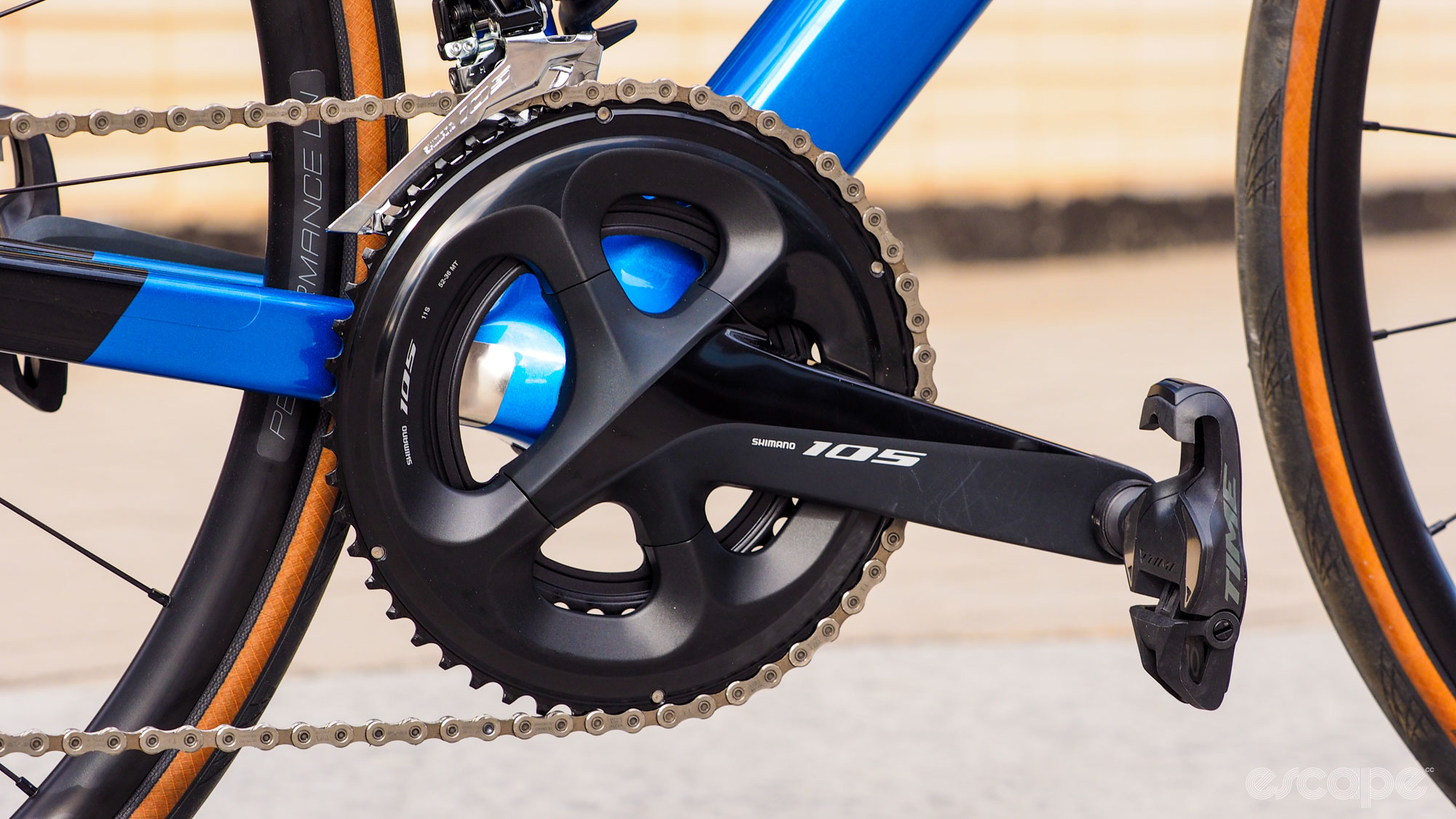Did we do a good job with this story?


Think twice before rethinking your crank length. Plus, the newsletter with this week's tech and performance highlights
The Shimano 105 crankset isn't the lightest, but shift quality is fantastic (particularly under load), and each crankarm's one-piece construction should be very reliable.